My Best Kept “Secrets” Recap
 I hope you enjoyed Bob Prisco’s best kept “secrets” I just wanted to give you alittle recap just incase you missed any of them. Start practicing them in your own loft and you should start seeing a big improvement in your results.
I hope you enjoyed Bob Prisco’s best kept “secrets” I just wanted to give you alittle recap just incase you missed any of them. Start practicing them in your own loft and you should start seeing a big improvement in your results.
and just remember, It is often said, “A fancier that flies well is envied.” When a fancier flies especially well, it means that he has secrets or special tricks. I believe there is no truth to the so called “SECRETS” of our sport. To become a champion and remain one, the true fancier does not trouble himself with color, body, eyes, wings, etc. He breeds birds that will successfully compete in the tough competition, and he lets the races and the “Basket” be the true tests.
When cutting back, forget all about names, strains, cost, etc. There are two kinds of pigeons: GOOD ONES AND BAD ONES. “Bad” pigeons cost us more money than “Good” pigeons! We spend a lot of money on feed, supplies, medicine and training; as well as time on poor birds only to be paid back with disappointment and heavy financial loss.
Only birds that have shown potential should be kept for future racing or breeding. This means pigeons that are consistently racing or producing birds in the top 10% of your race schedule. Therefore, forget about giving a pair “one more chance”, and finding an excuse for that “special cock or that expensive hen.” Secret number one “Cull Them.”
Secret #2: Quality over Quantity
DO NOT OVER CROWD YOUR LOFT (Racing or Breeding). Quantity offers only cost and wasted time. Quality is profitable and rewarding. Once you learn the advantage of quality above quantity, put it into practice.
People are creatures of habit. The easiest thing to do is repeat the same past mistakes. Those fanciers who raise and train 100-200 squeakers every year with the hope of getting one or two good pigeons in their lofts take the longest and most costly road to success. Many times there is quality in an overcrowded loft, but because the birds are overcrowded, their health and performance is poor. What qualities do we look for in a good pigeon?
When selecting quality pigeons, always select “Good Health.” There can be no sound foundation without it. Healthy pigeons produce healthy young that will race well. This is an undisputable fact.
Secret #4: Look for Evidence of Homing and Navigation Qualities
Breed from birds that have the “Compass” or “Homing Instinct.” If a pigeon can’t home, how can you expect it to win?
There is still no consensus on how a bird homes and navigates. It is a matter upon which we can only speculate. It is important to recognize that a racing pigeon must and does navigate. The bird must have the ability to orient itself and to maintain its course. The intelligent pigeons apparently have no trouble finding the most direct route home, and they are able to adjust to different types of conditions (weather). Therefore, place high value on a bird that has come home time after time after hard races, when there are no day birds nor birds home in normal race times.
You cannot measure this quality by a few races or tosses, and it cannot be found by fliers who constantly hold birds out of races for minor reasons. Look for evidence of “Homing Instinct” over a long period of time.
You cannot evaluate a bird’s intelligence in the short, fast races. You must go the distance. When the same pigeons show up, they possess that quality from which you can breed to improve your loft.
Secret #5: Let the Basket and Races Cull For You
The only fair and impartial methods of selecting intelligence that gives true satisfaction and results are the training basket and long races.
In my opinion, no individual can measure mentality and the degree of homing instinct of a bird from looking at it, feeling or handling it, or looking into it’s eyes. Don’t waste your time or money! You already have the best graders in the world, “The Basket” and “Long Races”.
Over the past years, I have had several famous fanciers and graders visit my loft. Their differences of opinion were so great that what one called a champion, the other called a cull. This only strengthened our opinion that no one human being can evaluate nor grade your pigeons. Those that profess this ability have done more harm than good to our sport over the years.
Secret #6: Breed for internal Qualities not External Appearance
Some fanciers have pigeons which seem to have everything one could desire in a bird’s appearance: wing, back, build, eyes, feather, etc. However, these pigeons have never earned the feed that it cost to raise them nor the money it cost to buy them.
When a fancier selects pigeons in his or another loft, the pigeons’ appearance will almost entirely guide him. The pigeons that have a nice appearance are the ones that he will always select. Yet, so many times when the birds are counted at the end of a series of races, the pigeons which did not look the best are on the perches, and the birds which had every appearance of being fine pigeons are not home or lost.
Outwardly many pigeons seem to look good, but it is what is on the inside that counts on race day: intelligence, orientation and navigating ability, motivation, determination, desire, heart and health. Appearance, fancy pedigrees, and popular names are all equal, until the basket or race day arrives.
I consistently breed generation after generation from pigeons which possess these internal qualities. I intensify and fix these characteristics in my birds so they will reproduce themselves in my youngsters year after year.
Secret #7: I Believe in Heredity
I believe in the simple principle of genetics, “Heredity is handed down from one generation to the next.” No one can start with mediocre pigeons and castoffs from several different fanciers, and hope to come up with anything that is close to an established family of pigeons that will pass on the needed quality genes and traits. Therefore, select from a family of pigeons that has bred continuous winners over a long period of time, at least 10 years in tough competition.
If you are not breeding from winners or children of winners, you are in trouble! This is where it all starts. All the time and money spent for care and training throughout the year can amount to hours of frustration, disappointment and expense. Pairing the best with the best does not necessarily guarantee success, but it definitely increases the chances of it.
In both the racing and breeding lofts, the true value of a pigeon will be found only by actual tests, either by flying or by the quality of young it produces. The true tests of a quality breeder are the performance and breeding success of its offspring, not its own race record. If a bird cannot reproduce itself or better, it is no good as a breeder and should be culled. Remember results will not be seen in one year. It will take 2 years to see any real evidence.
Secret #8: Lofts Should be Comfortable and Secure
I believe that pigeons have no sense of luxury, but they do have a sense of comfort and security. Therefore, a luxurious loft is not essential to success, but a loft must provide comfort and security from all outside dangers:
- Dry & Clean – Bleach loft and water & feed containers regularly.
- Adequate Ventilation – Provide plenty of fresh air,
- Plenty of Natural Sunlight
- Vermin Proof
- Not Overcrowded – Comfort and sleep is important.
- Trapping & Clocking – Give it plenty of thought and make your loft as pleasant as possible for you and the birds.
Secret #9: Build the “love of the loft” in your birds.
Spend quality time with your birds, and you will improve your record. Give the birds kind, gentle and regular attention so they will trust you. This should make them contented and unafraid. This loving care they receive will encourage their instinctive love of home, and it will speed them up or motivate them to their best performances on race day.
My Best Kept “Secrets” Recap By Bob Prisco
The Leading Online Pigeon Racing and Racing Pigeons Magazine – The Pigeon Insider

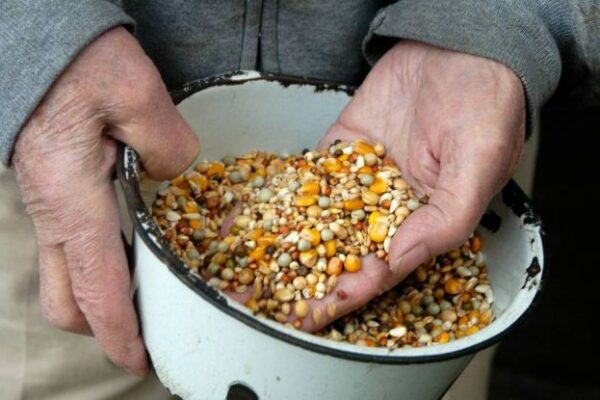

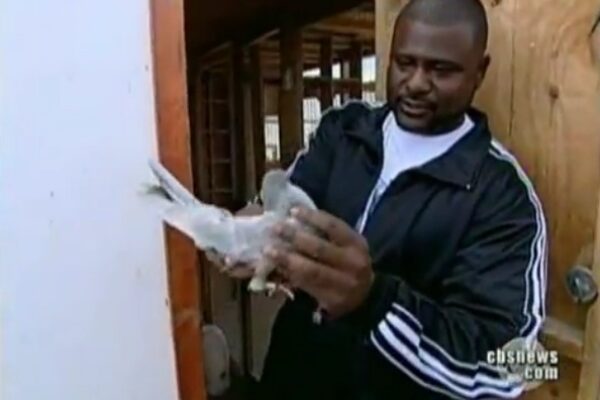
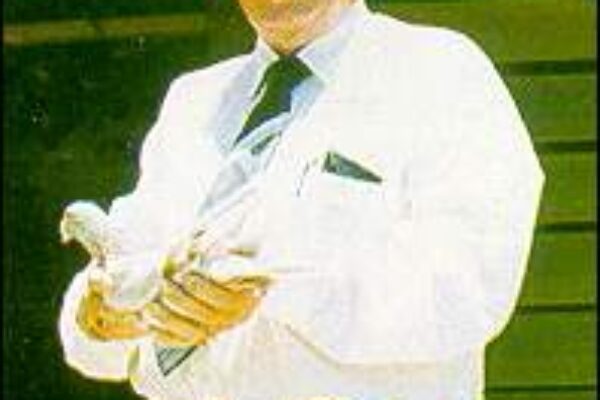
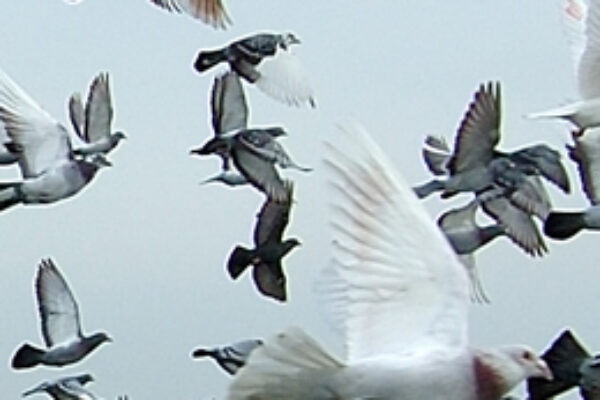
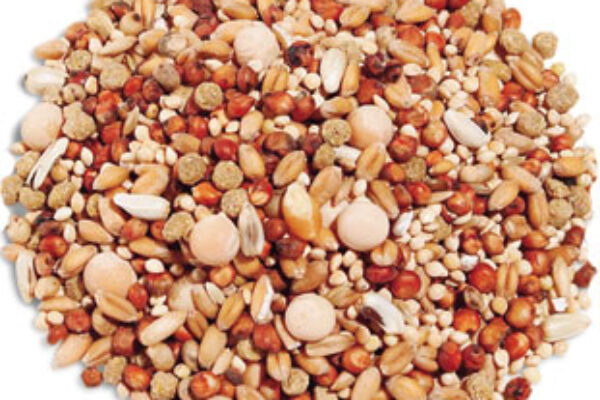


How do you cull? Do you kill them?
ie carbon monoxide?
Hi, Garret!
That’s definitely a problematic question. I encourage you to find your own answer, because it really depends on how you see your birds. I mention some methods in this post. I also talk about this in my Beginners Handbook, which i encourage you to get. (It’s free. 😉 )
Thanks for reading the blog!
Hi,
Great article. This article should be the mantra / “sacred code” for all pigeon fanciers.
HI
I am agree with you .
Basket and long race is the best for choosing good pigeons.
When i select pigeons for breeding ?
1.should have 3 last primers same lenght
2.good vent.
Thank you
I 100% agree with you,good advice.